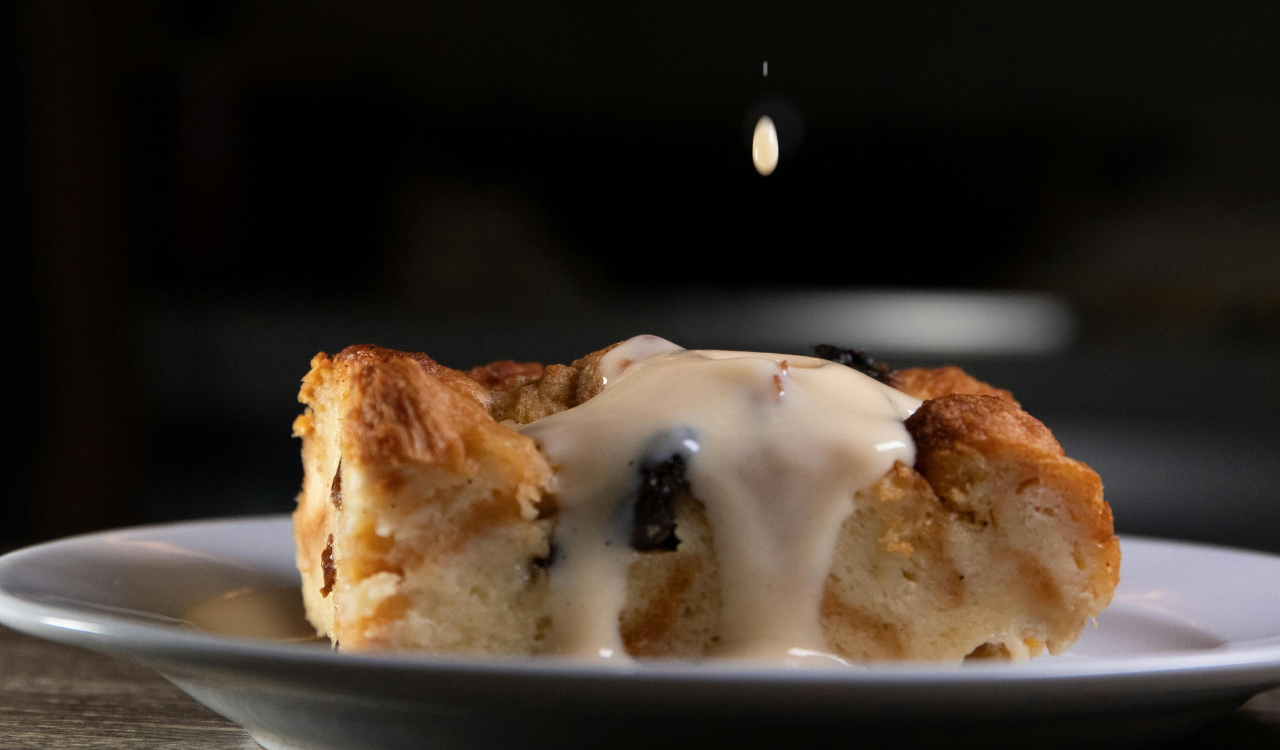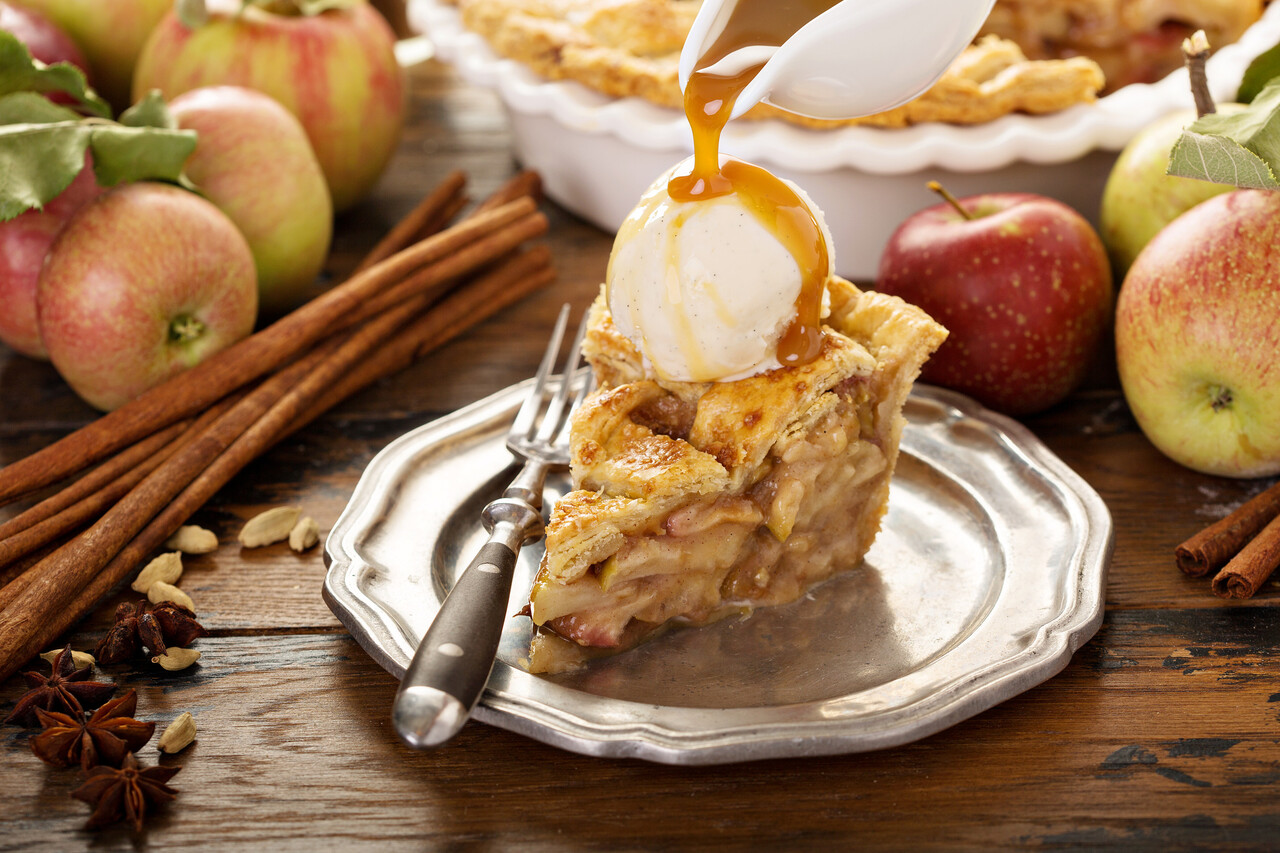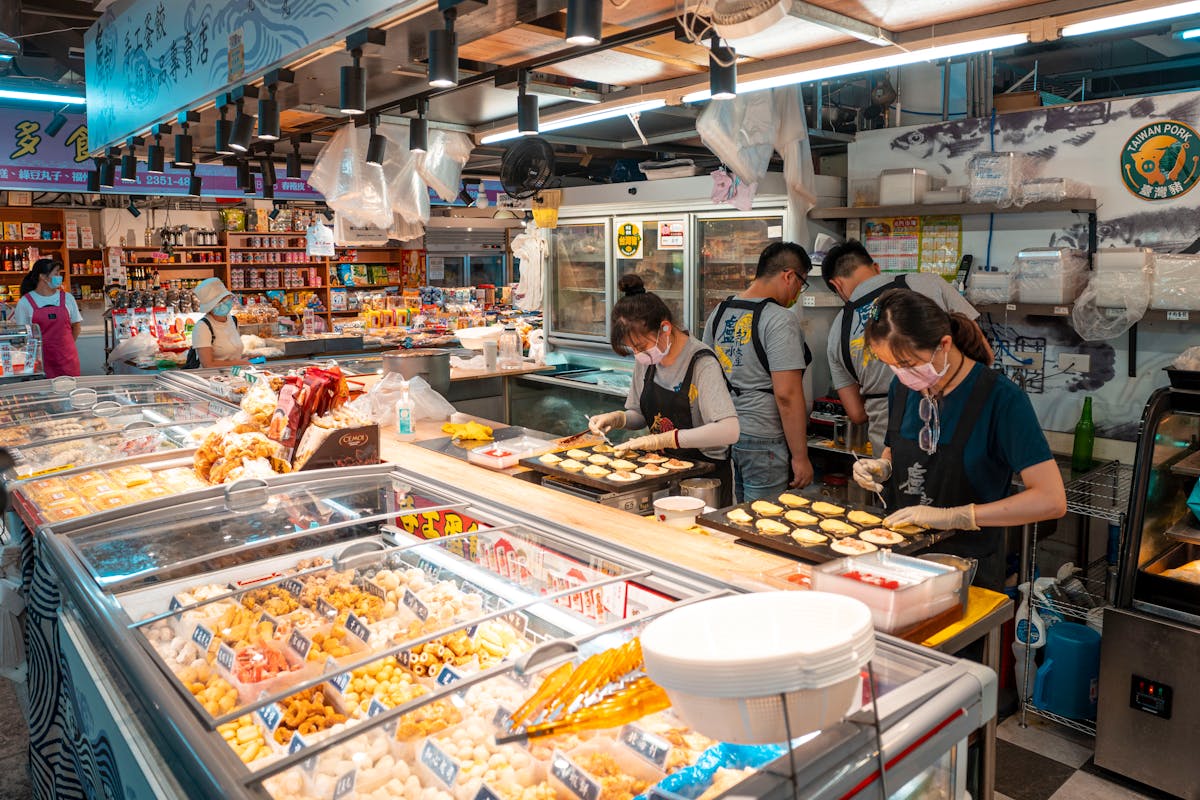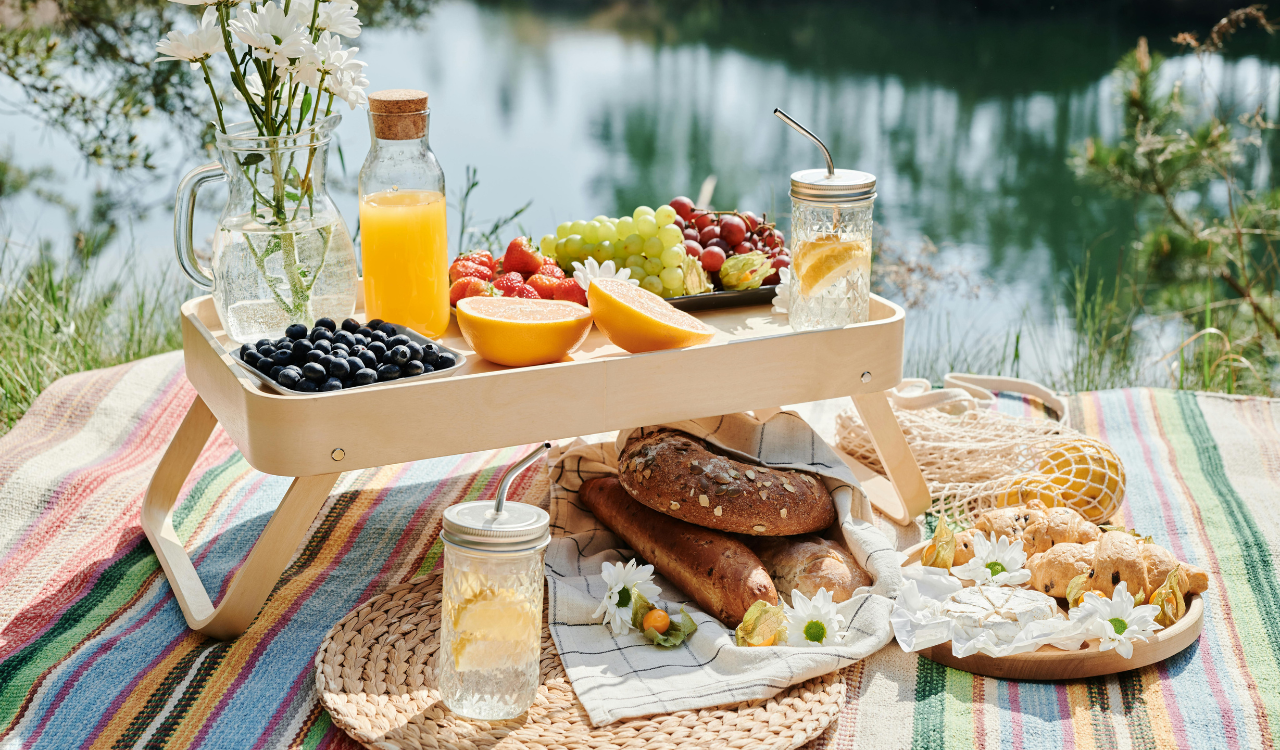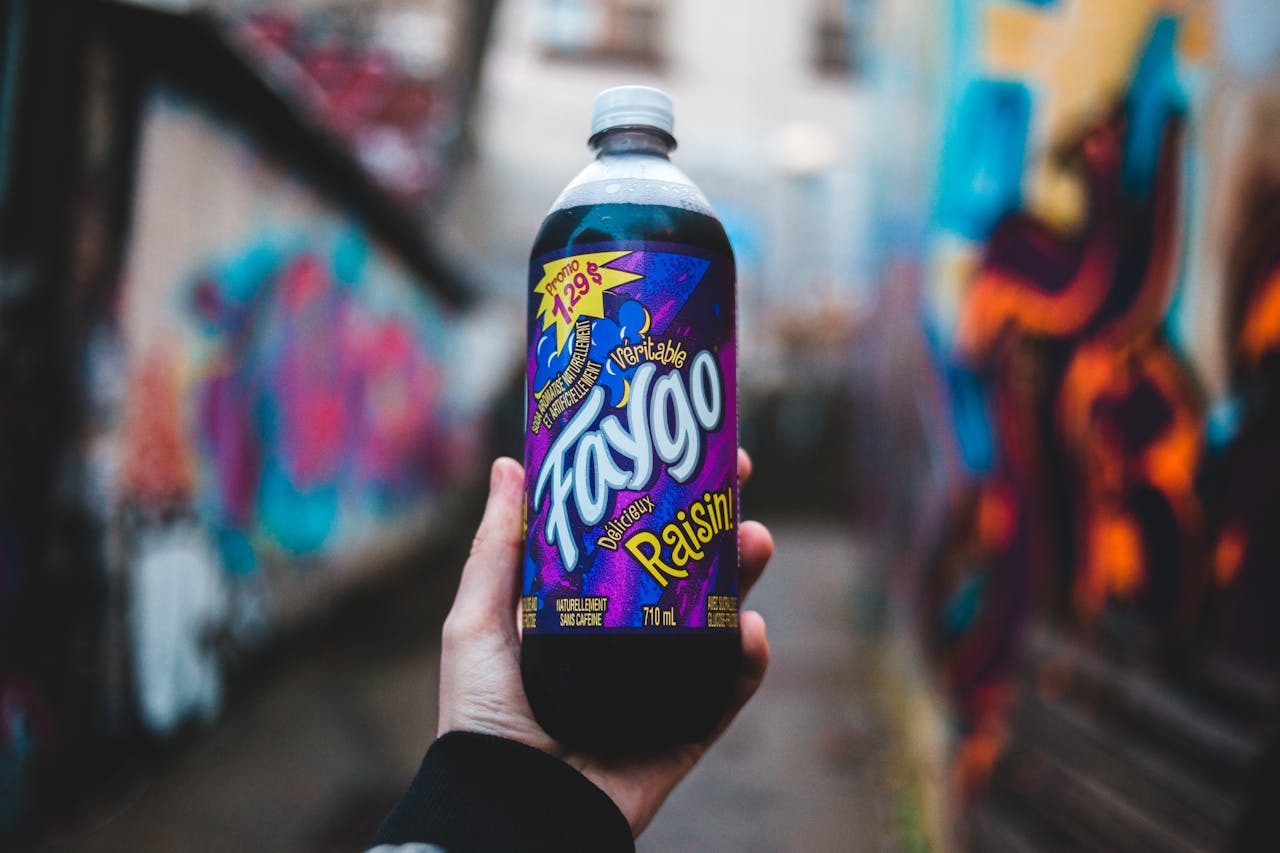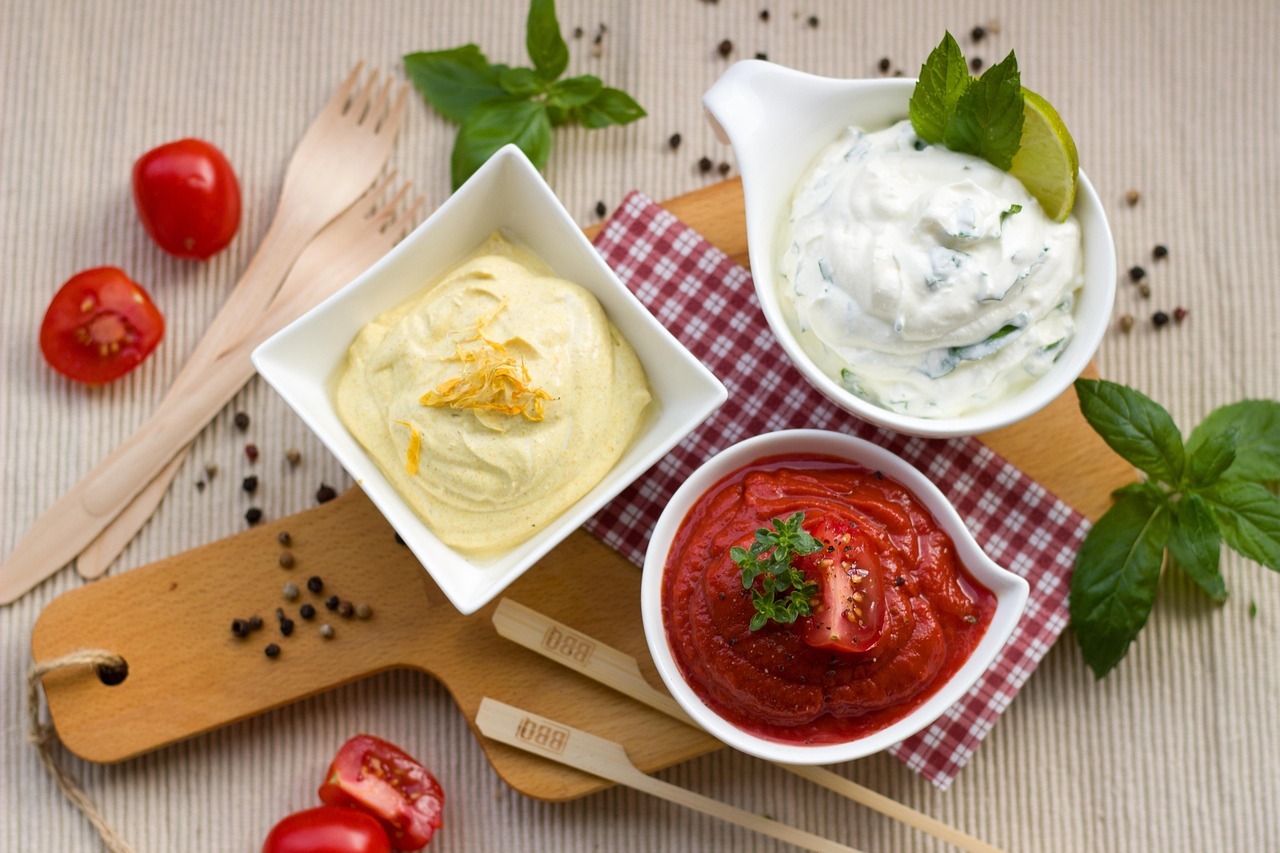What Did Frank Sinatra Eat After a Show? A Look at His Favorite Late-Night Meal

There’s a private logic to a performer’s late-night plate. For Frank Sinatra, the meal after a show was part practical refuel and part ritual; a way to settle down after the adrenaline and to reward the night’s work. The foods he returned to weren’t flashy; they were comfort-forward, rooted in old-school Italian-American kitchens and the city restaurants that knew him by name.
This piece traces that after-hours habit. We’ll look at the restaurant that became his base, the small plates and mains he favored, the sweet finishes and snacks he kept on hand, and what the ritual shows about Sinatra’s tastes, his routines, and the era he moved through. The goal is simple: to show how a few consistent choices tell a bigger story about a public life and a private appetite.
Sinatra’s Restaurant Home Base
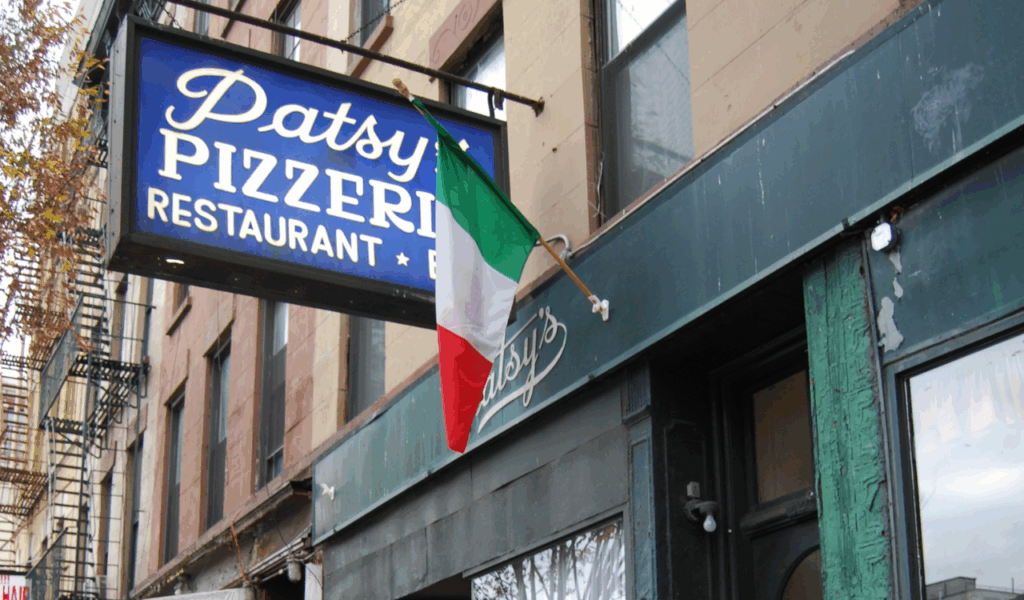
License / Wikimedia Commons: CC BY 2.0 / Wikimedia Commons
Patsy’s in New York became more than a convenient option for Sinatra. It offered familiarity, a kitchen that understood his palate, and a staff used to late seating and celebrity arrivals. That kind of comfort matters when you step off a stage and want a meal that’s immediate and reliably good.
Loyalty mattered to Sinatra. He liked restaurants that kept things classic, straightforward preparations, simple ingredients, and consistent portions. For him, a reliable kitchen and staff who knew his preferences were as important as the food itself. Choosing the same place repeatedly turned eating into a small, stabilizing ritual.
How Patsy’s Became His Go-To
Patsy’s cultivated the low-key service Sinatra preferred. It was the sort of room where a familiar face, a reserved table, and a menu that respected tradition made it easy to slip into private mode. The kitchen could deliver what he asked for without fuss, and that discretion mattered.
That relationship shows how celebrity dining often depends on trust more than showmanship. When a high-profile patron needs a late meal, having a single trusted venue eliminates uncertainty and preserves privacy. Sinatra found that in Patsy’s and similar spots, and that was central to his post-show routine.
The Role of Loyalty and Tradition
For Sinatra, eating at the same Italian-American tables tied him to a culture and a past. The food reinforced a personal history: family meals, New York nights, and the flavors he grew up with. Those connections made the meal restorative in a way that went beyond calories.
Restaurants that honored tradition, slow-braised sauces, steady-service staff, and classic antipasti created a predictable experience. For a performer whose nights were unpredictable, that predictability felt like a small, reliable anchor.
Why the Setting Mattered
The room itself shaped the meal. Silent corners, private tables, and kitchens willing to stay open past normal hours allowed Sinatra to maintain a rhythm: perform, decompress, eat, leave. The setting let the food do what it needed to do without spectacle.
A discreet environment also protected the simple pleasures of eating. Sinatra’s late-night choices were about taste and habit, not publicity. The places that accommodated that privacy kept the ritual intact.
The Signature Appetizers He Insisted On
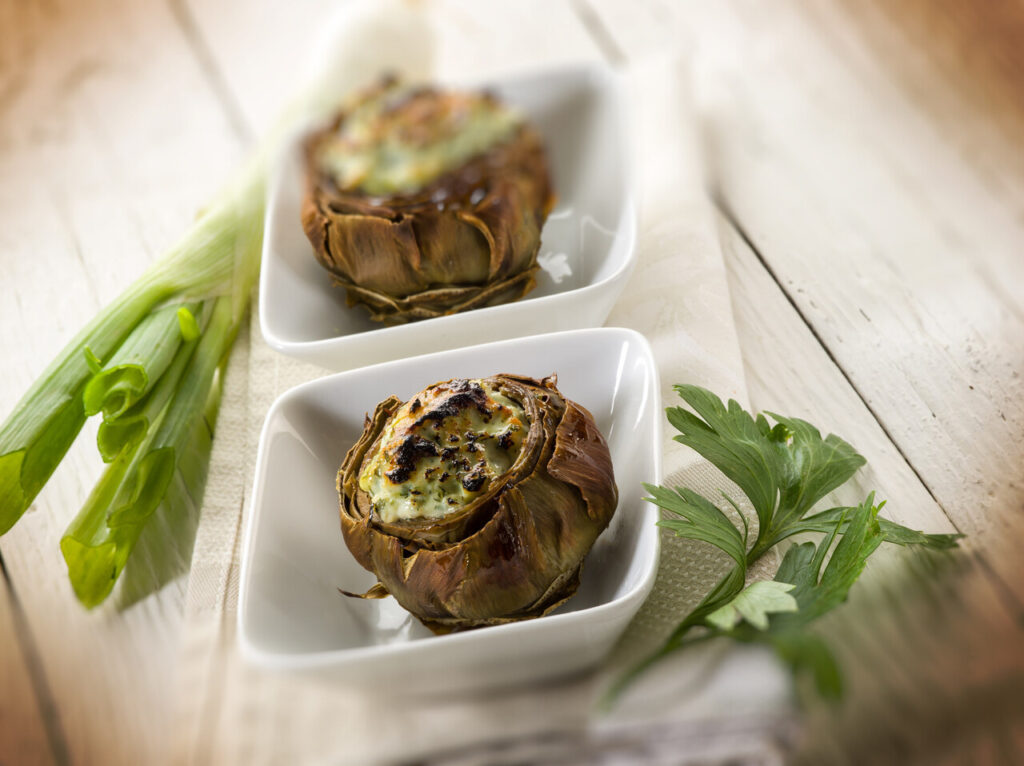
Sinatra’s appetizer choices leaned toward classic Italian starters, simple, ingredient-driven plates that set up the meal without overpowering it. They were food first, performance second: items that tasted of tradition and comfort.
Those starters acted as a soft landing after a show. They were flavorful but not heavy, giving the palate company while leaving room for a main course. In those small plates, you see a preference for balance and provenance more than novelty.
The Stuffed Artichokes Tradition
Stuffed artichokes were emblematic of the old-school Italian approach Sinatra loved. They’re handwork food, cleaned, filled, braised, and they carry a vegetal brightness that cuts through rich proteins. For Sinatra, that combination likely felt restorative.
An artichoke starter also reads as familial. It’s a dish associated with home cooking and shared plates. Choosing it after a show suggests Sinatra valued familiar textures and the tactile ritual of eating something that took time to prepare.
The Simple Arugula Plate
A peppery arugula salad or similar green signaled a taste for freshness, even late at night. The lightly dressed leaves add a counterpoint to richer courses and demonstrate an appetite that appreciates contrast.
This kind of salad also kept the meal balanced. Sinatra’s choices often mixed comforts with lighter notes, giving the overall plate a measured arc from starter to finish.
What the Starters Reveal
Taken together, his appetizers show a palate that favored authenticity and restraint. Sinatra chose items that tasted like they belonged to a specific culinary lineage, not the latest fad. That speaks to a larger food sensibility rooted in memory and craftsmanship.
The starters functioned as more than a prelude; they were an essential part of an eating sequence that told a story about origin, simplicity, and taste.
The Main Courses He Favored
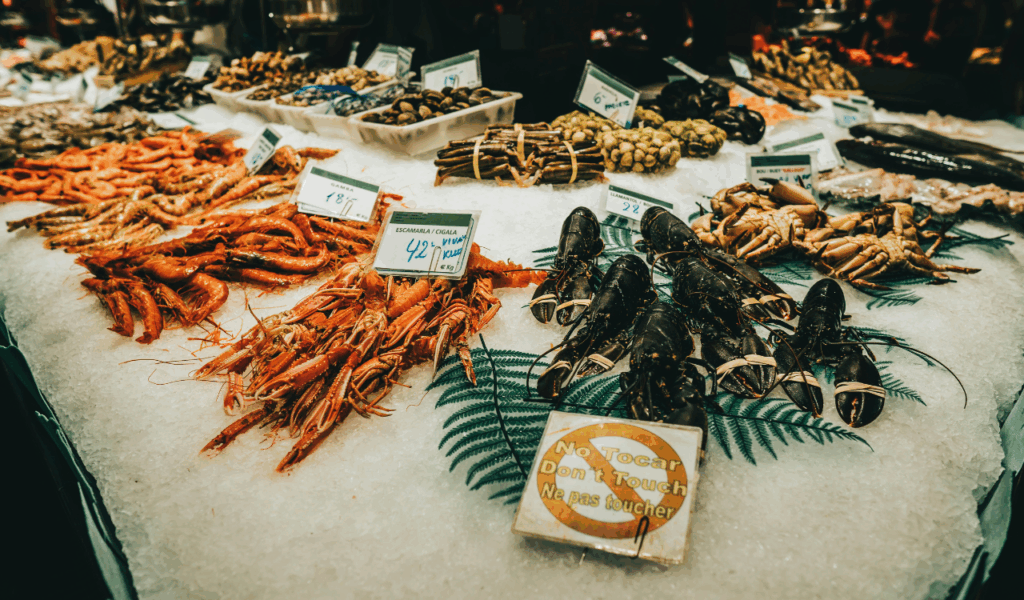
Sinatra’s main courses often included classic Italian-American proteins: veal preparations, simple pastas, and seafood plates that nodded to coastal traditions. These mains delivered satisfying texture and clear flavors without theatricality.
He preferred preparations that showed respect for ingredients: crisped veal, simply sauced pastas, or fresh shellfish handled delicately. The focus was on execution and balance rather than extravagance.
Veal Milanese and Its Appeal
Veal Milanese, a thin cut breaded and pan-fried to a golden crust, fits Sinatra’s after-show bill perfectly. It provides immediate savory satisfaction, a crisp texture, and an elegant simplicity that doesn’t demand elaborate sides.
That dish reads as both luxurious and homey. It’s indulgent enough to feel like a reward, yet straightforward enough to be reliably excellent when cooked well.
Seafood Choices and Lightness
Sinatra also favored shellfish and light seafood preparations. Clams, simple fish dishes, and shell-based plates offered protein with a cleaner finish, ideal for late evenings when heavy food could feel oppressive.
Seafood’s faster digestion and bracing flavors make it a smart late-night option. For a singer who needed to rest and recover after a show, these dishes provided nourishment without weighing him down.
How Mains Matched Personality
The mains Sinatra chose mirror a larger pattern: tasteful, efficient, and classic. He didn’t need to prove anything through food. His selections reflect a man who wanted pleasure that fit into the rhythm of his life; satisfying, well-made, and familiar.
Those choices underline a consistent culinary voice: straightforward preparations, quality ingredients, and a mindset that paired food with comfort rather than spectacle.
Desserts and Late-Night Snacks
Sinatra’s dessert choices leaned toward modest, bright sweets; items like lemon ricotta torta that finished the meal on a clean note. These desserts offered a citrus or dairy lift that felt like a tidy bookend to savory courses.
He also kept practical snacks and simple indulgences nearby for the road: small sandwiches, fruit, or items that travel well. These selections reveal an approach that balanced decadence with usefulness.
The Lemon Ricotta Torta Finish
A lemon ricotta torta is both light and flavorful. Its creamy texture with a citric edge cleanses the palate and provides a pleasant, not overwhelming, sweetness. For a late-night meal, it’s an ideal capper.
Choosing that over a heavy pastry suggests Sinatra valued restraint at the finish. The dessert provided satisfaction without lingering heaviness, letting the night settle gently.
Portable Snacks and In-Transit Eats
Beyond restaurant desserts, Sinatra favored simple, transportable bites when nights stretched long. A sandwich, a slice of bread with cheese, or fruit offered quick refueling between venues or on the way home.
These choices reflect practical needs. For a life lived on the move, snacks that traveled well and tasted good solved real-world problems without sacrificing pleasure.
What the Sweets Say About Habit
Desserts and snacks complete the portrait: Sinatra selected endings that respected the meal’s arc. Light, classic sweets and sensible snacks reinforced a pattern of measured enjoyment rather than excess, even in private moments after the lights went down.
The Ritual and Its Cultural Meaning
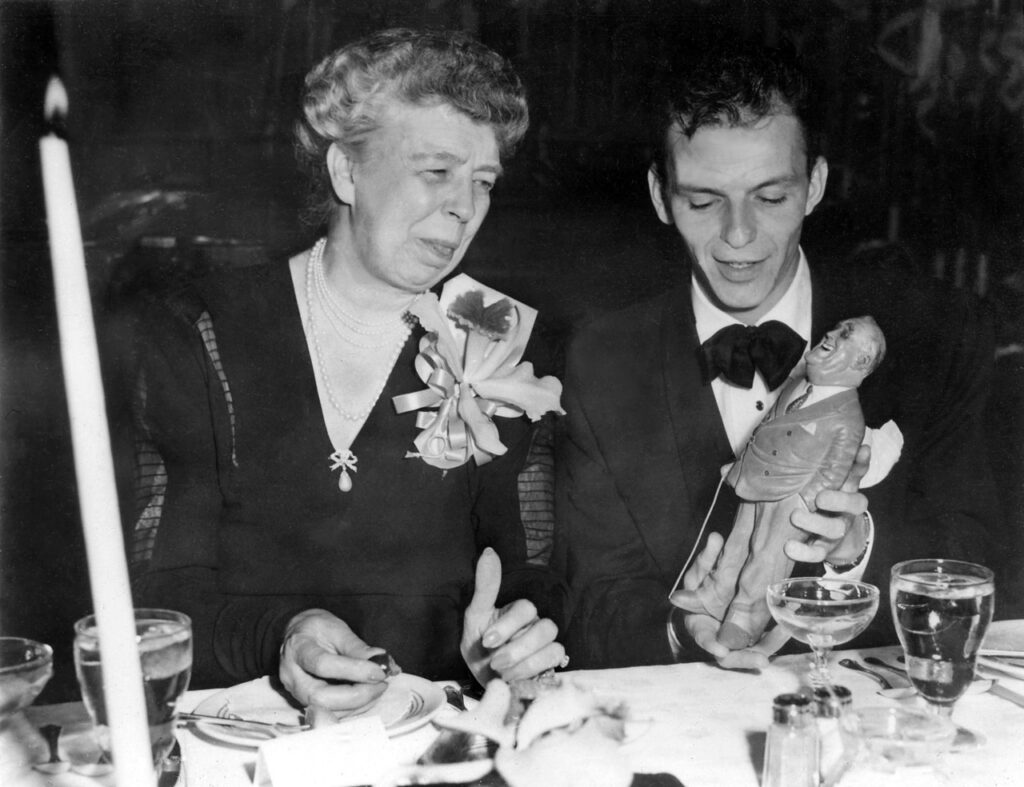
The ritual of a late meal anchored Sinatra’s nights. It connected performance to routine, creating a predictable transition from stage adrenaline to domestic calm. That transition mattered psychologically and socially.
Culturally, his choices mapped onto midcentury Italian-American dining habits: a lineage of flavor, family, and the city’s restaurant ecosystem. His meals were small acts of continuity amid an otherwise unpredictable life.
Ritual as Recovery and Reward
Eating after performing was recovery and reward in one. The meal restored energy but also allowed Sinatra to wind down, share a quiet table, or simply be alone with familiar flavors after public exertion.
Ritualized eating provides structure. For performers, those structures help mark the end of an intense, performative period and the beginning of personal time.
Celebrity Dining and Identity
Sinatra’s consistent choices also shaped his public persona. Fans and fellow performers noted his habits, which in turn reinforced the association between his name and certain tastes. Celebrity dining, in this sense, becomes part biography and part brand.
His food preferences were subtle yet telling indicators of origin, taste, and a life that found meaning in repetition and familiarity.
What It Reveals About the Era
The late-night meal reflects a time when restaurants stayed open for entertainers, when neighborhoods maintained culinary traditions, and when dining was an integral part of the city’s social fabric. Sinatra’s habits are a window into that world: practical, communal, and tied to place.
They remind us that food choices are cultural artifacts as much as personal ones.
References
- Why Sinatra Liked Patsy’s Restaurant – nytimes.com
- My dinner with Sinatra – mistermeatball.com
- Frank Sinatra’s Go-To Steak Order (& Other Restaurant Favorites) Might Surprise You – mashed.com
